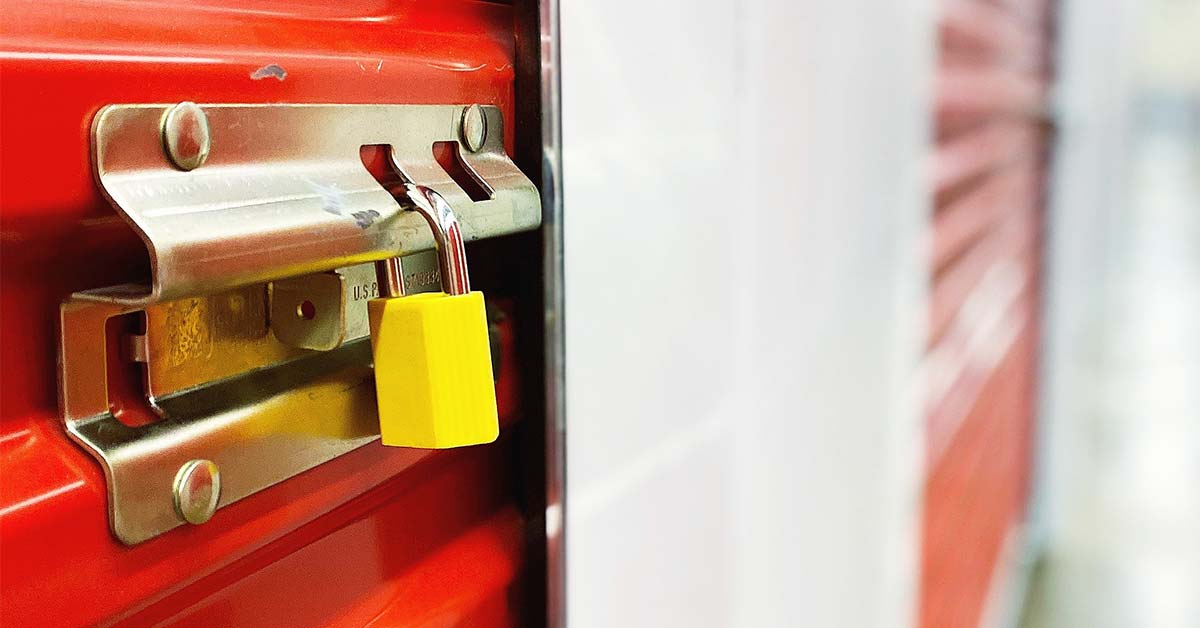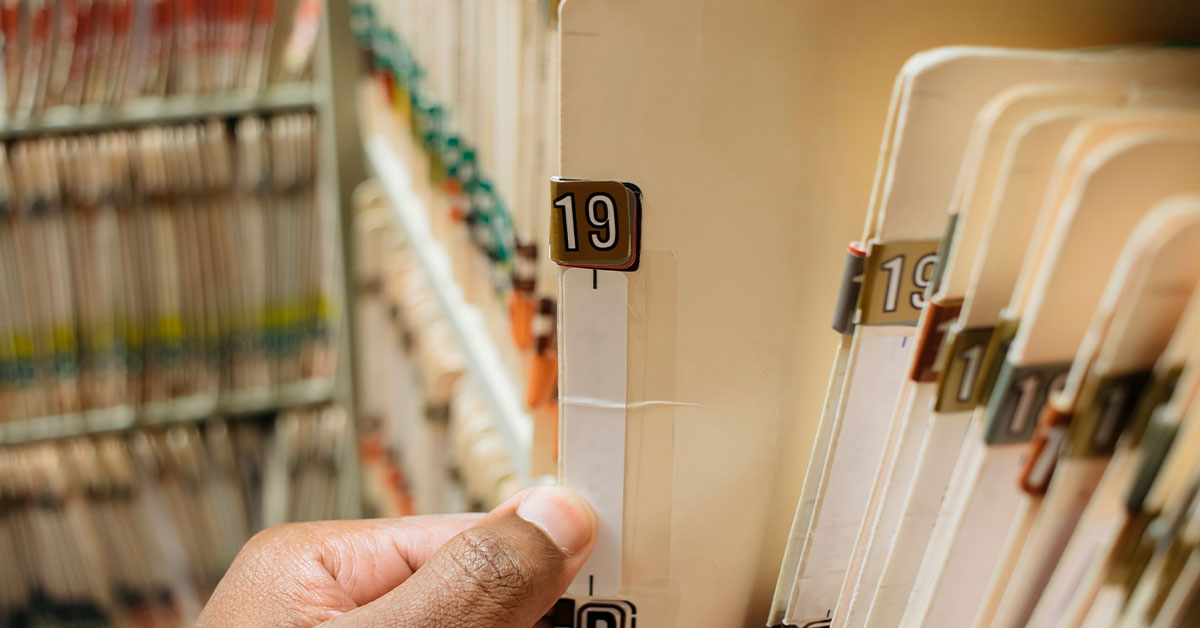Winter is finally gone so it’s the perfect time to store your boots. Whether you want to store your ankle boots, knee-highs, or anything in between, taking care of your footwear is key to making them last. Here are some simple tips for storing your boots and keeping them in top condition until the next chilly season rolls around.
- Find the Right Spot: Store your boots in a cool, dry place away from direct sunlight, such as in a self storage unit. Leather boots, especially, need a temperature-controlled environment to avoid damage.
- Prep Before Storage: Clean your boots before putting them away for a while. This prevents dirt buildup and keeps them looking fresh.
- Mind the Moisture: Leather needs some moisture to stay supple, but too much can lead to mold. Cedar shoe trees are a handy way to maintain the right balance.
- Maximize Space: If you’re short on floor space, line your boots up neatly in rows. This not only saves space but also keeps your boots organized and easy to find.
- Hang Them Up: For boots you don’t wear often, consider hanging them using boot or pant hangers. This frees up floor space and prevents creasing.
- Use Over-the-Door Hangers: Shorter boots, especially kids’ boots, can be stored in over-the-door shoe hangers. Look for ones with deeper pockets to accommodate different boot sizes.
- Keep Their Shape: Tall boots tend to slouch when stored on the floor. Prevent this by stuffing them with items like magazines, wrapping paper rolls, or even empty wine bottles.
- Bins for Short Boots: Shorter boots can be neatly stored in bins on the closet floor. This keeps them organized and prevents clutter.
Taking a little extra care when storing your boots can go a long way in preserving their quality and longevity. With these tips, you can ensure that your favorite pairs are ready to step out in style when winter comes back around.










